Public Birdwatching Guide
Birdwatching is a fantastic hobby for anyone who loves the outdoors and wants to learn more about nature. Plus, it is almost infinitely scalable. It can be done for free in your own backyard, in local parks or on local hiking trails, or even from distant and exotic locations with expensive and sophisticated equipment. When it comes to bird watching, there is something for everyone. It is great for solo watchers, partners and friends trying to connect, and even young families.
This guide will take you through the basics of birdwatching, introduce a few different ways to enjoy the hobby, and then offer guides for four different levels of economic investment. We recommend that novice birdwatchers decide which element of bird watching most appeals to them, and then decide how much money (if any) they are willing to invest.
Once you have a plan for how you are going to head out into nature to observe different birds, the entire hobby seems a lot less intimidating to begin. Just remember that as you delve further and further into birdwatching that you may discover different sides of this hobby that you were not initially interested in!
- Birdwatching and Learning
- Birdwatching and Journaling
- Birdwatching and Illustration
- Birdwatching and Photography
- Birdwatching and Fitness
- Birdwatching and Research
- Birdwatching and Teaching
- Birdwatching Events & Communities
What is Birdwatching and Why Is It Popular?
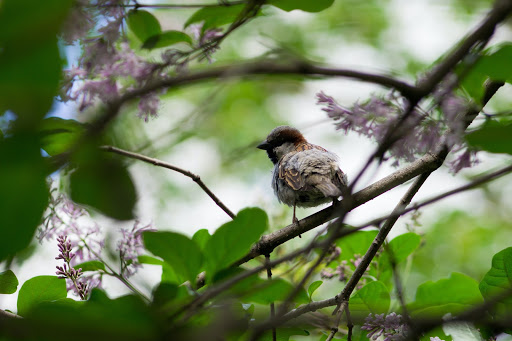
At its core, birdwatching is the act of observing birds in their natural habitat either with the naked eye or with an enhancement tool like a set of binoculars or a scope. This means that visiting a zoo does not count as birdwatching. Birdwatching relies heavily on both your sense of sight and your sense of sound. Despite the name, birdwatching often involves more listening than it does looking. Most watchers first listen for a particular call and then work to identify the source of that sound. Most people involved with the hobby prefer to refer to themselves as “birders”, and there are currently between 46 million and 68 million American birders turning their eyes to the skies.
So why is this hobby so popular?
Birds have long fascinated humans. We covet their ability to fly and we are drawn to their beautiful colors and patterns. We often associate bird calls with a sense of peace and tranquillity, and the activity of looking for wildlife in the outdoors helps hobbyists to connect with nature. Birdwatching can happen in literally any climate and is also accessible year-round. There are many aspects to birdwatching that can either be adopted or discarded by birdwatchers depending on personal interests, which means that the hobby is incredibly customizable.
Below is a guide to some of the most popular aspects of birdwatching.
How To Enjoy Birdwatching
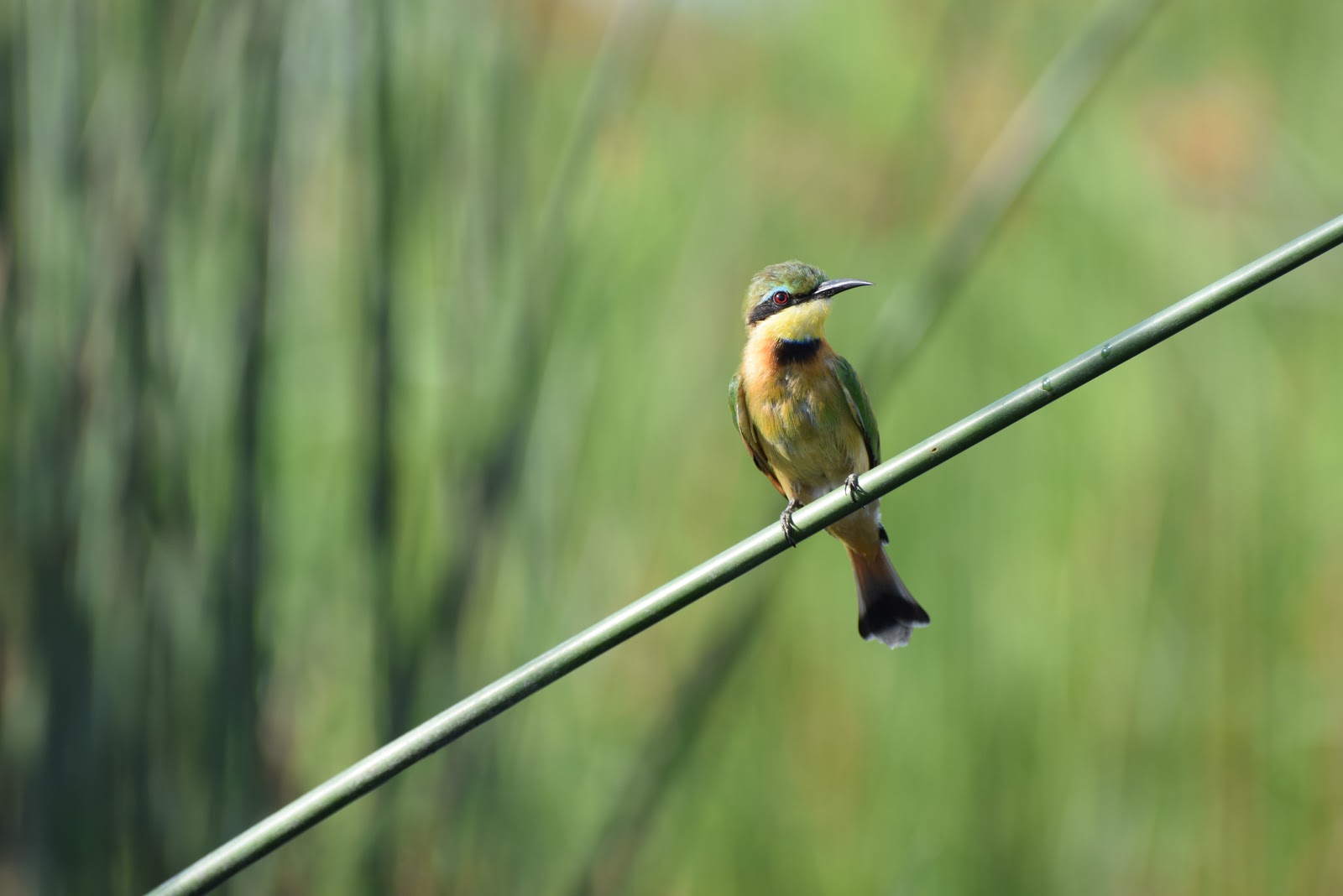
Birdwatching can be enjoyed in dozens of different ways depending on your personal interests. If you are considering picking up birdwatching as a hobby, it can help to first identify which aspect of the hobby appeals most to you. Remember, there is no wrong way to bird watch. So long as you are not disturbing the birds or their natural environments, you are doing it right!
Birdwatching and Learning
While some people engage in birdwatching simply to observe various birds for their beauty, many birders prefer to learn a bit about the animals they see. Birdwatching promotes learning about local wildlife, ecosystems, sustainability, and the animal kingdom.
If you are interested in birdwatching for educational purposes, you are going to want to rely on a comprehensive field guide that is specific to your local area. A field guide will help you to identify which bird you are seeing, where their natural habitat is, what they eat, and how they contribute to their ecosystem. You can use either a physical field guide or a digital field guide for information.
Here are some of the best field guides on the market:
The Sibley Field Guide to Birds of Eastern North America This guide is incredibly comprehensive. It includes entries for 650 different bird species, and the colorful illustrations will help you to quickly identify what you are seeing. In this book, you will learn about nesting, behavior, feeding, bird songs, and key identifying features. You should only purchase this guide if you live east of the Rocky Mountains.
National Geographic Field Guide to the Birds of North America, 7th Edition National Geographic has long been an authority on our natural world, and this field guide is no exception. It includes 1,023 species of birds and is updated often with new and emerging information.
National Geographic Backyard Guide to the Birds of North America If you are interested in learning more about the birds in your immediate vicinity, then this is the field guide for you. It offers insight into some of the most ubiquitous birds in North America, and offers tips for drawing birds into your yard so that they may be observed from your home.
Here are some of the best birdwatching apps available:
Merlin Bird ID by Cornell Lab Instead of reading about a bird and then looking for it in nature, this app allows you to observe a bird in nature and then identify it with a photo. This app also includes more than 40K photos of birds and 18K songs that you can listen to right on your smartphone. This is a fantastic tool for anyone getting started in birding.
EyeLoveBirds: Bird Checklists This app is another great resource. It helps you to identify the birds you see and track your sightings. It will also give you lists of birds in your area and has more than 5K bird photos for you to scroll through.
Birds Near Me This app covers the entire globe. Within the application, you can search for pictures, songs, sightings, and information on more than 10K species, and you can also find birding hotspots near you. This is a great resource for the traveling birder who wants to observe different birds from a variety of locations.
Birdwatching and Journaling
While it can be fun to simply observe different birds, many watchers choose to enhance their experience by keeping a personal record of what they have seen, where they saw it, and what the conditions were like at the time. This is referred to as journaling, and like the birdwatching hobby itself, it is incredibly flexible.>
A birding journal can range from a simple list of facts (i.e. which bird was seen, where, when, and for how long), to a personal meditation on what seeing various birds means to you personally. There are journals available on the market that include prompts for birding journalers, but if you don’t like being prompted any notebook will do.
Birding journals are incredibly personal. They provide a record of your personal experience within nature and can help you to encode the experiences you have out in nature while birdwatching.
Birdwatching and Illustration
If you have an artistic streak, you may consider incorporating illustration into your birdwatching hobby. Illustration is deeply embedded in the history of birdwatching. The hobby became popular in 19th century following the publication of Birds of America by John James Audobon, which included gorgeous, full-color watercolor illustrations of more than 430 birds. For many, these illustrations offered the first-ever glimpse at birds from all over the western hemisphere. The illustrations are now considered iconic within the birdwatching community.
So if you would like to try your hand at illustrating, invest in a notebook and drawing implements of your choice. Popular choices include charcoal, pencil, colored pencil, watercolors, and paints. A birdwatching excursion can quickly turn in to a day full of artwork and creation. Illustrations can become a part of your birding journal or can stand alone as independent art pieces.
If you are interested in drawing but are not sure where to start, then invest in a drawing guide like The Laws Guide to Drawing Birds. Remember that drawing is a skill that can be acquired and perfected. It is not a naturally born gift.
Birdwatching and Photography
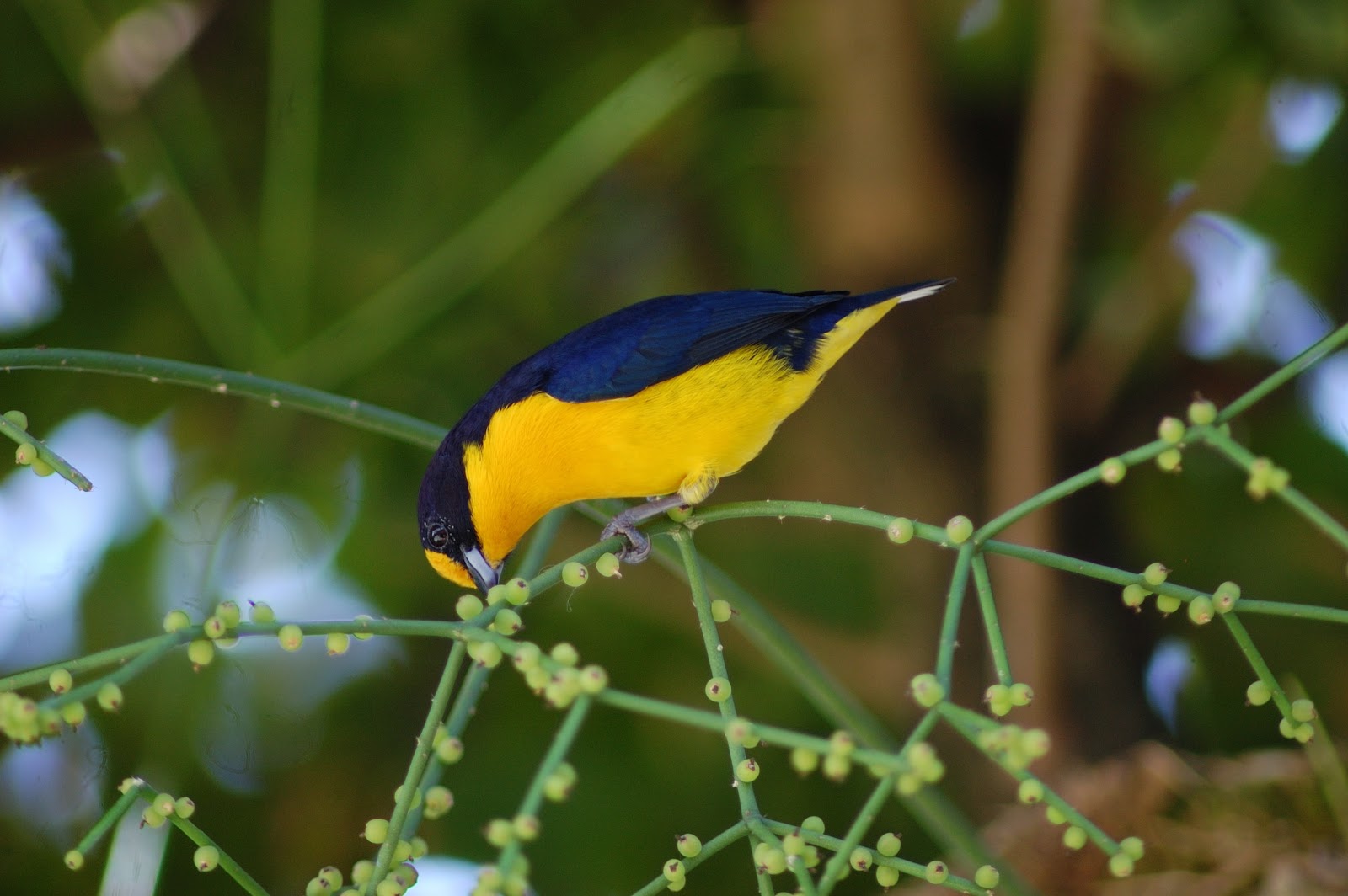
If you would like visual documentation of your birdwatching but are too impatient to pick up drawing, then you can turn to photography. All over the world, birdwatchers are honing their photography skills by focusing on these dynamic and beautiful subjects. The Audubon Society (a nonprofit conservation organization) even offers tips for how to photograph these elusive subjects. Their guide can help you to compose a photo, choose your equipment, set up lighting, and even create specialized images.
There are a lot of levels within birding photography. To start out, you may choose to rely on your smartphone’s camera and photo editing software. If you choose to progress within the hobby, you may invest in a point and shoot camera. You can go digital or choose to work with old school film. You can also invest in zoom lenses that allow you to capture faraway birds without disturbing them at all.
Birdwatching and Fitness
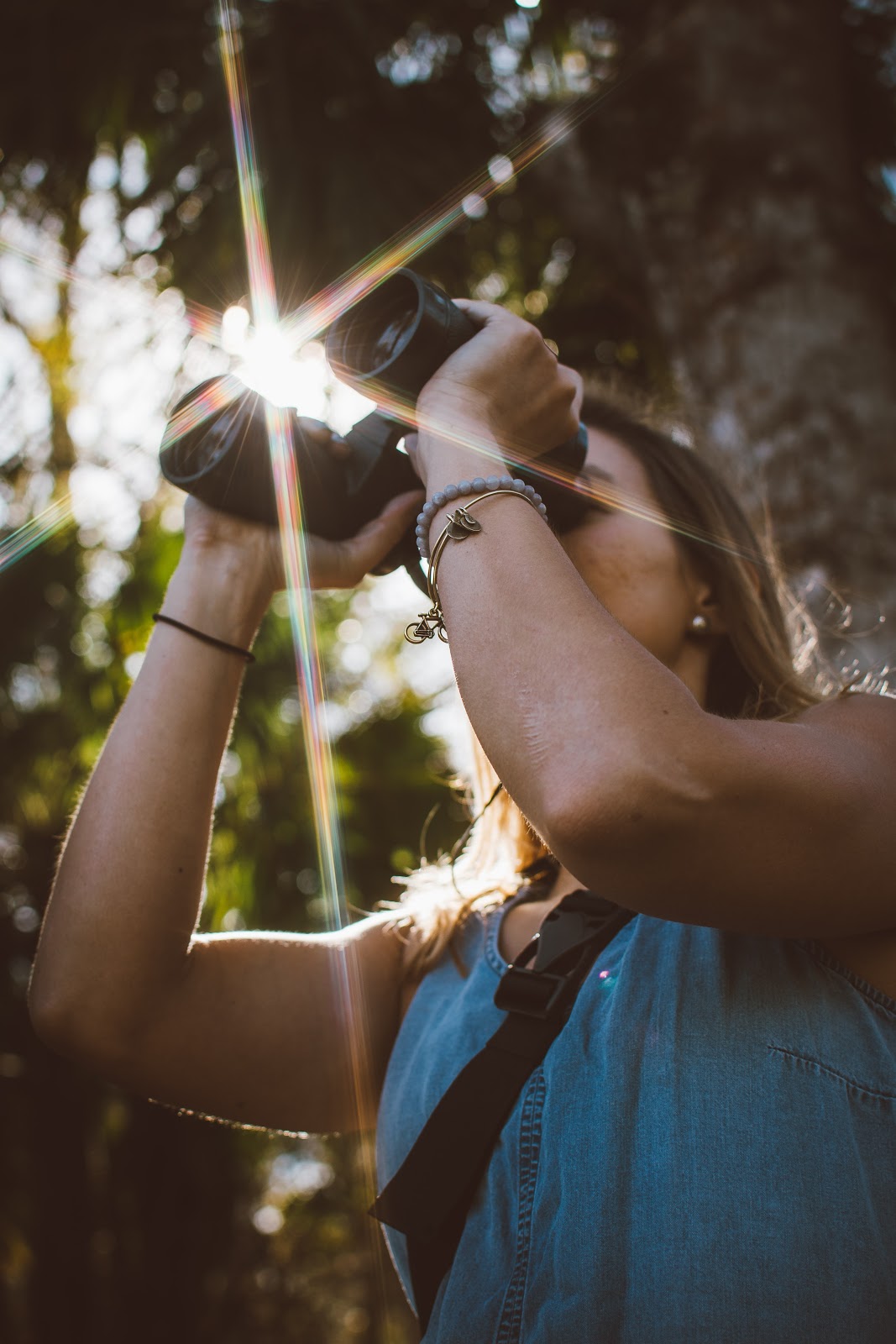
If you are looking for a new way to stay fit and active, hiking is a wonderful outdoor activity that can help you to reach your fitness goals. That being said, hiking aimlessly can seem boring to some, but adding the element of bird watching makes the entire endeavor a lot more interesting! If you choose to hike to good birdwatching locations, you will be working out with a purpose. Many people do not even realize how far they have hiked when they are distracted by their pursuit of specific birds.
Hiking is a great way to combine birdwatching, time outdoors, and cardiovascular fitness. Some people even choose to birdwatch while running outdoors!
Birdwatching and Research
Oftentimes, when people begin to observe the natural world, they develop a desire to protect it. A huge part of protecting ecosystems and natural habitats is understanding them. Scientists cannot be everywhere, which is why citizen science has developed within the birdwatching community.
By recording what you see when you are birdwatching and sharing it with your community, you are contributing to observational science and research. There are dozens if not hundreds of projects that you can contribute to as an amateur birdwatcher. Below are some of the most popular ones:
Project FeederWatch This research project takes place between November and April every year, and simply consists of people reporting the types of birds that visit feeders. This data contributes to a deeper understanding of long-term trends is birds distribution and abundance. All you need to do to contribute is record which type of bird you observe, where you observe them, and when.
NestWatch If you are interested in cute little baby birds, you can contribute to NestWatch by finding a nest near you, monitoring it every three to four days, and reporting information like how many eggs were lain, when they hatch, and how the young grow and adapt. This data will help researches to develop an understanding of how climate change and urbanization effects birdlife.
Macaulay Library If you wind up taking photos and recording bird calls during your excursions, there is no need to keep them to yourself! Send in your recordings in order to contribute to the Macaulay Library, a multimedia scientific archive for research, education, and conservation. It has been around since 1929!
Birdwatching and Teaching
If you are passionate about both birdwatching and teaching, you can easily combine your two loves by hosting guided tours for other bird watchers, joining birdwatching community groups, and even lecturing at local schools.
Showing inexperienced people the joy of birdwatching and the importance of nature is likely to inspire a passion for environmentalism and conservatism within them. Teaching newcomers what you have learned is a great way to ensure that this hobby lives well into the future.
Birdwatching Events & Communities
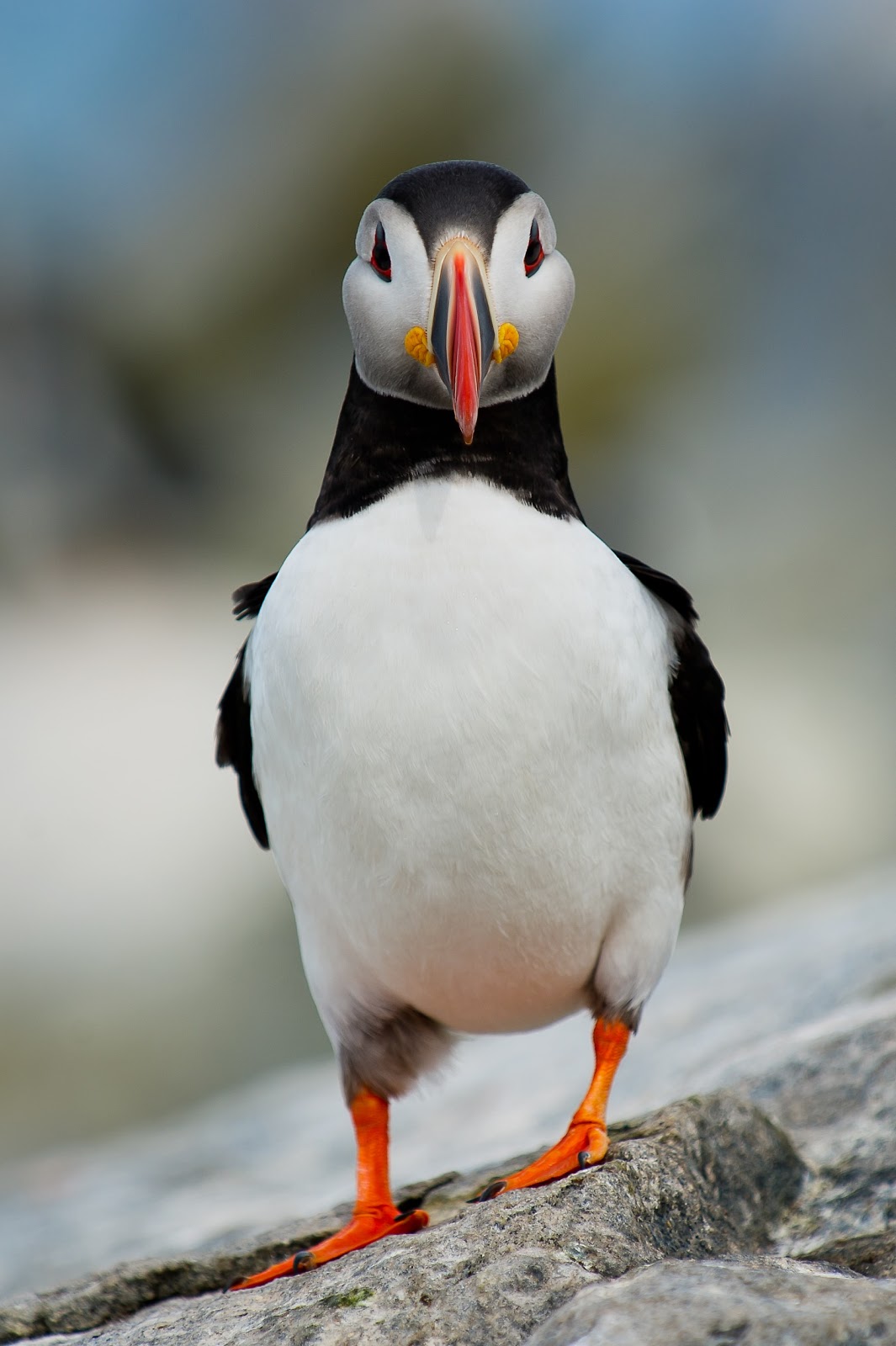
A lot of people falsely assume that birdwatching is a solitary hobby, and while it certainly can be, it can also be incredibly social! Birdwatching communities exist in abundance all over our nation and the world. If you are interested in sharing your passion and your documentation with other avid birders, then visit the American Birding Association to find a community near you - they have listings for all 50 states. Birding communities are always eager to share their sightings, illustrations, best viewing spots, and general knowledge. You can even find likeminded people to head out into nature with you!
Bbirdwatching-events-and-communitieseyond birdwatching communities are bird watching events. Below is a list of some popular birdwatching events from around the nation:
Hawai’i Island Festival of Birds Interesting in viewing some tropical birds? Head to Hawaii to see albatross, seabirds, plovers, and more. This event includes talks, giveaways, and plenty opportunities for socialization with other bird enthusiasts.
Great Salt Lake Bird Festival This festival in Utah celebrates the spring bird migration. There are presenters, workshops, and even field trips to some incredible and unique birdwatching locations.
Wings Over Water Wildlife Festival This festival is held every year in the Outer Banks. It includes art, birdwatching, natural history, paddling, and photography. If you are passionate about the ocean and birdwatching, this is the festival for you!
Birdwatching At Every Economic Level
Birdwatching can be enjoyed at nearly any level of investment. Below is a guide for how to enjoy bird watching for zero dollars, zero to $100, $100 to $1000, and $1000 and up.
Birdwatching for Free
Bird watching is one of those rare activities that can be enjoyed for zero dollars. All you need in order to birdwatch is access to the outdoors. If you are interested in learning more about the birds you are observing, you can download a free application like the Merlin Bird ID by Cornell Lab. This can help you to identify and track what you see with your naked eye.
Also, as long as you have an Internet connection, you can research which birds you are most likely to see in your area.
Birdwatching for Under $100
While birdwatching can be enjoyed for free, it gets substantially better with just a small investment. A good pair of binoculars can help you to spot birds at a distance. This way, you can truly observe them in their natural habitat without disturbing them at all. Binoculars come in all shapes and sizes. You can get large binoculars with a ton of magnification power, or a small set that can be folded down and kept in your pocket.
Another great, low-investment tool for birdwatching is a birding journal. You can find journals with prompts to help you organize your thoughts and sightings, or you could simply elect for a blank journal to fill in yourself.
If you are interested in birdwatching from your own home, you can set up a bird feeder to attract specific types of birds that you will then be able to view from a window.
All of these options are fantastic for getting you started with your birdwatching hobby, and they do not cost much money.
Birdwatching from $101 to $1000
If you become a very enthusiastic bird watcher, you will likely want to invest in top-of-the-line equipment. Those expenses will add up quickly. You may also discover that you are interested in learning about birds outside of your immediate vicinity, and decide to travel to a new birdwatching location.
Below is a list of popular birdwatching destinations from across the nation:
Cap May Birding Observatory This observatory is a part of the New Jersey Audubon. It is a privately supported, not-for-profit statewide membership organization that boasts several sanctuaries, observatories, and preserves across the state of New Jersey. If you are interested in observing birds during migration, this is an excellent place to visit.
J.N. Ding Darling National Wildlife Refuge, Florida If you are interested in seeing tropical and wading birds, then this stunning location on Sanibel Island is the right place for you. From this location, you are likely to see Great Bue Herons, American White Pelicans, Red-Shouldered Hawks, Great Crested Flycatchers, and more.
Point Reyes Peninsula, California Point Reyes is home to nearly 500 species of birds. It consists of more than 70,000 acres of habitat and often becomes a landing spot for birds who have made mistakes in their navigation.
Cave Creek Canyon Southeast Arizona is a paradise for avid birdwatchers. Birders come from all around to spot the elusive Elegant Trogon. The extensive forest, high elevation, and canyon floor create an ideal environment for spotting birds in their natural habitats.
Birdwatching for $1000+
Just like with any hobby, the more time you invest, and the more equipment you buy, the more the price tag rises. One domestic trip and some high-end photography equipment can easily put you above the $1000 mark. You can also easily spend that kind of money on extreme bird tours, which exist all over the world.
For example, if you are interested in spotting birds that only exist in one spot on earth, you can book a birding tour in the Galapagos Islands. These volcanic islands made famous by Charles Darwin are home to 24 species of birds that are not found anywhere else. Getting there will not be cheap, but for some, the allure of seeing such rare creatures is well worth the hefty price tag.
In summation, bird watching is a fantastic hobby that can help anyone to reconnect with nature, understand their natural environment, and establish an appreciation for the other types of creatures we share our world with. There is space within the hobby for artists, scientists, conservationists, and for people looking for a new avenue for socialization and fitness. Your investment can be large, or it can be as little as nothing. There are fantastic free resources available online that can turn anyone with a computer or smartphone into an amateur birder.
So if you are looking for a new activity to enjoy alone, with a partner, or with friends, consider birdwatching.
Link To Us!
If you would like to use this page as a resource for your county, city, state, library, or other page, please link to us! Simply copy and paste the following into your source code:
<a href="https://www.publicrecordsreviews.com/education-center/public-birdwatching-guide"></a>
